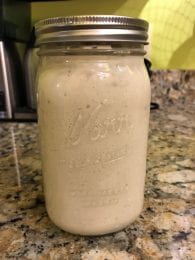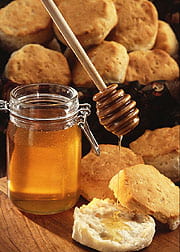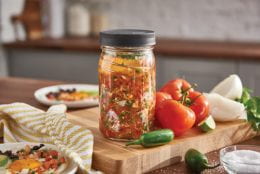 The Brewing and Fermentation Science short course is a 3-day program held January 8-10, 2024, in which hobbyists, professional brewers, and other participants will have the opportunity to learn and experience the fundamentals in brewing science, brewing technology, safety, and sensory analysis. Participants will gain valuable industry insight from the professionals at Manhattan Brewing Company, as well as instruction from faculty at Kansas State University and other industry professionals on the brewing process and the science behind it.
The Brewing and Fermentation Science short course is a 3-day program held January 8-10, 2024, in which hobbyists, professional brewers, and other participants will have the opportunity to learn and experience the fundamentals in brewing science, brewing technology, safety, and sensory analysis. Participants will gain valuable industry insight from the professionals at Manhattan Brewing Company, as well as instruction from faculty at Kansas State University and other industry professionals on the brewing process and the science behind it.
The short course will be held at Manhattan Brewing Company’s Taproom and Brewery in Manhattan, Kansas, where participants can get a hands-on experience and apply what they learn. The curriculum includes all facets of the brewing process including raw ingredients, brewing technology and techniques, fermentation, safety, packaging, and tasting of the finished product. This short course covers basics in brewing, cellaring, packaging, raw ingredients, safety practices, beer styles, and sensory analysis. 21+ to enroll.



